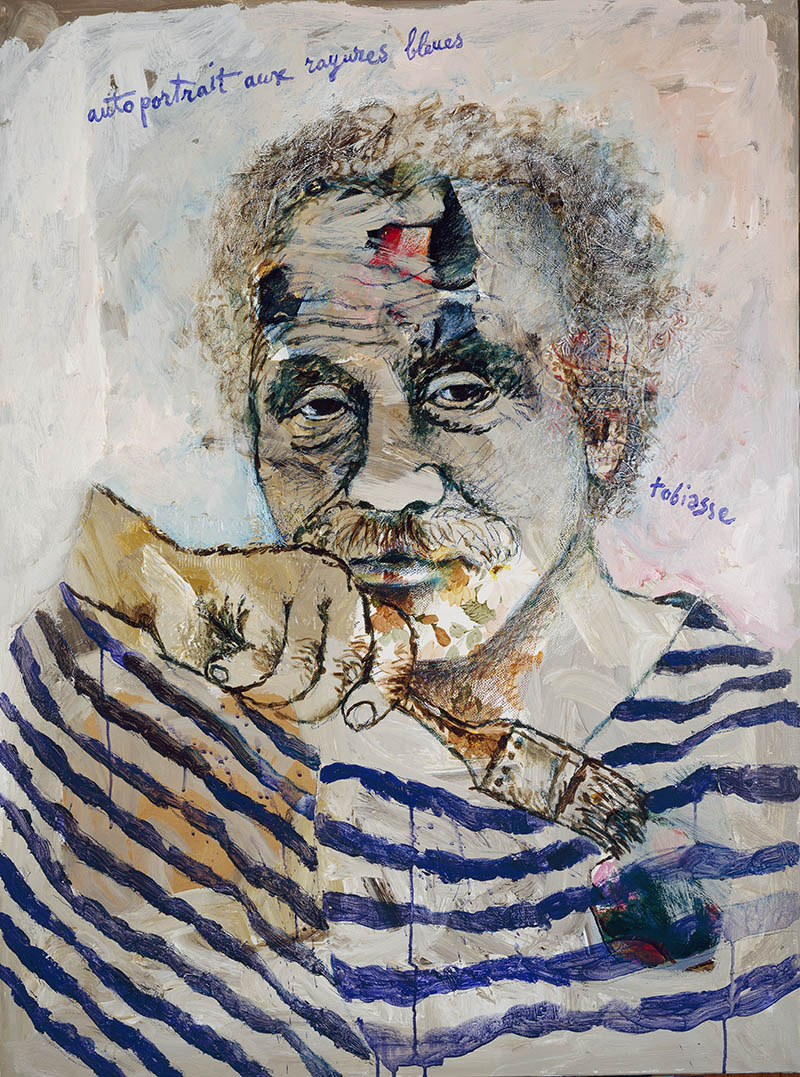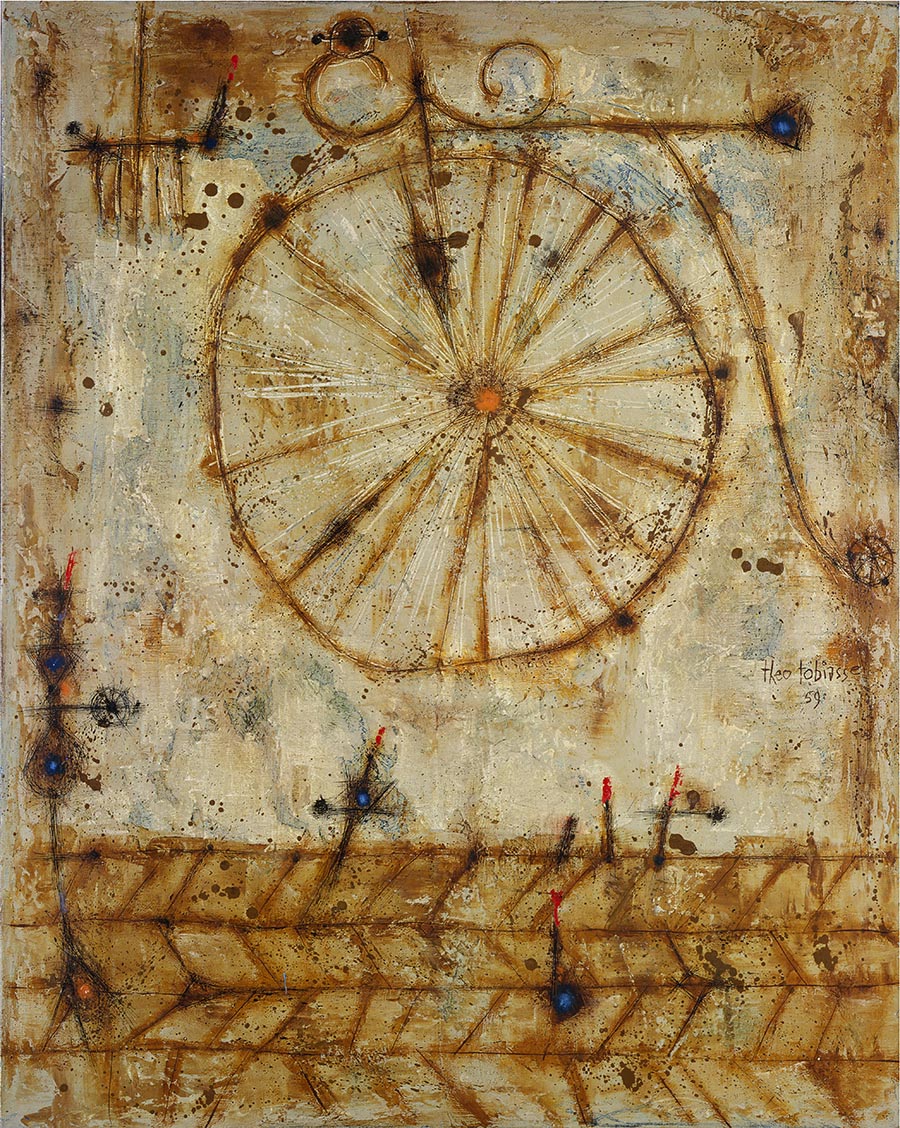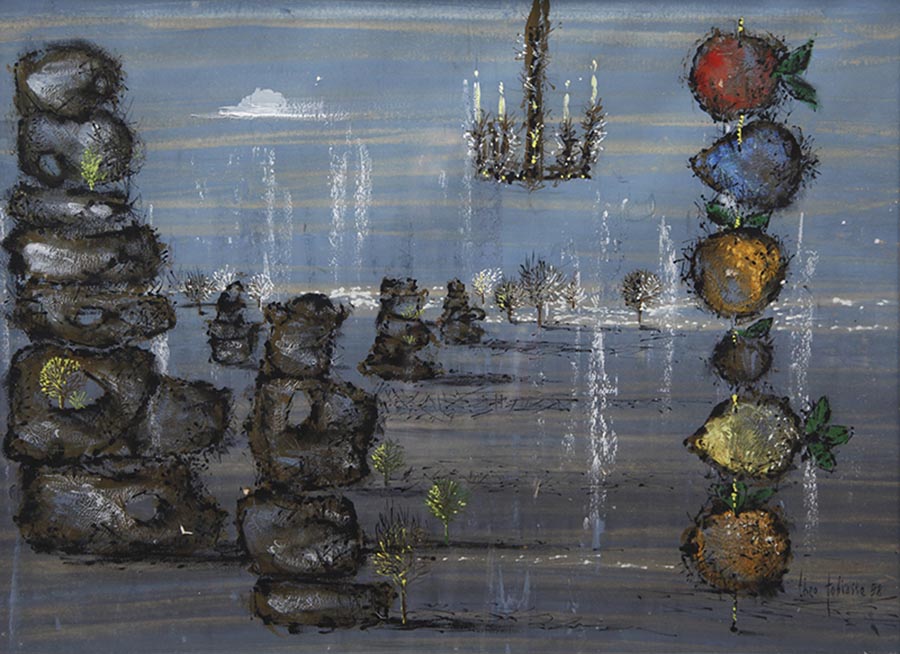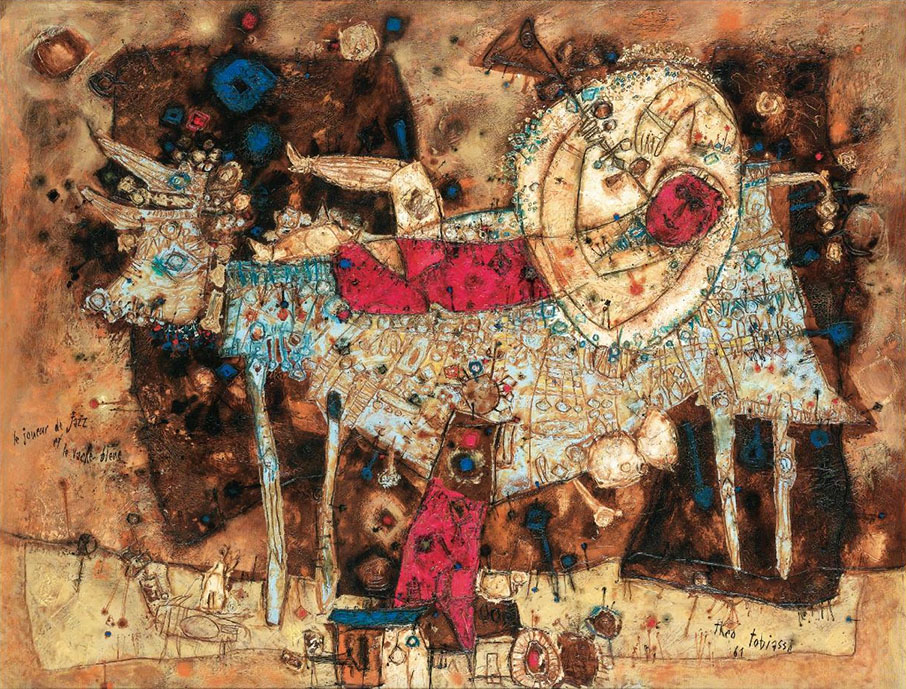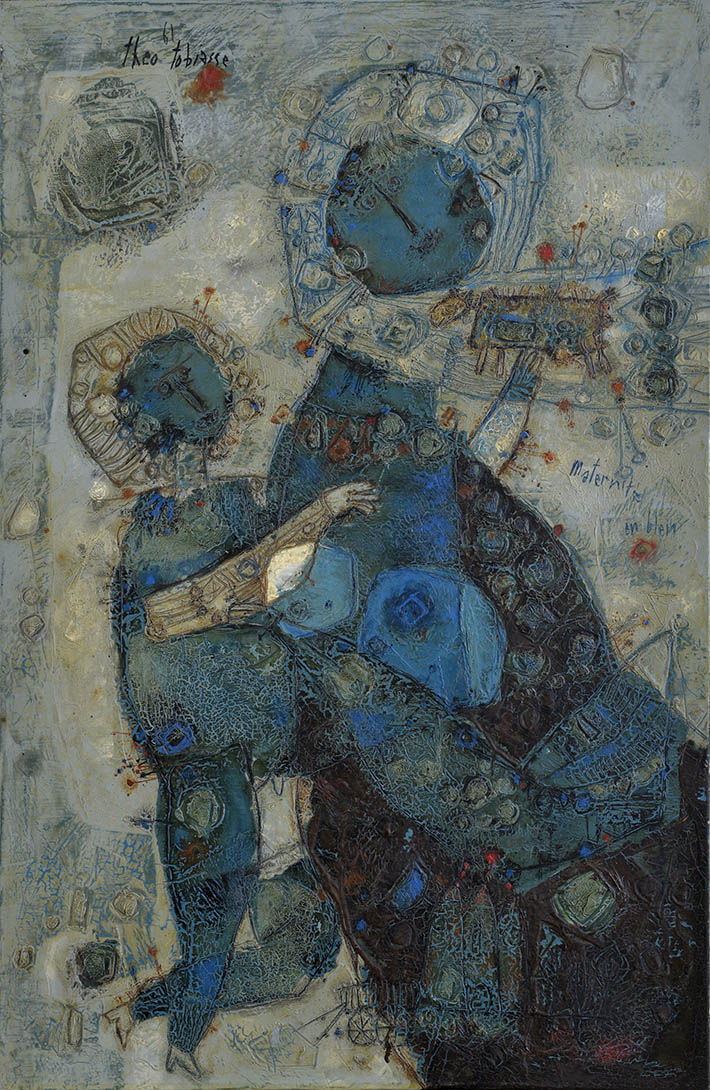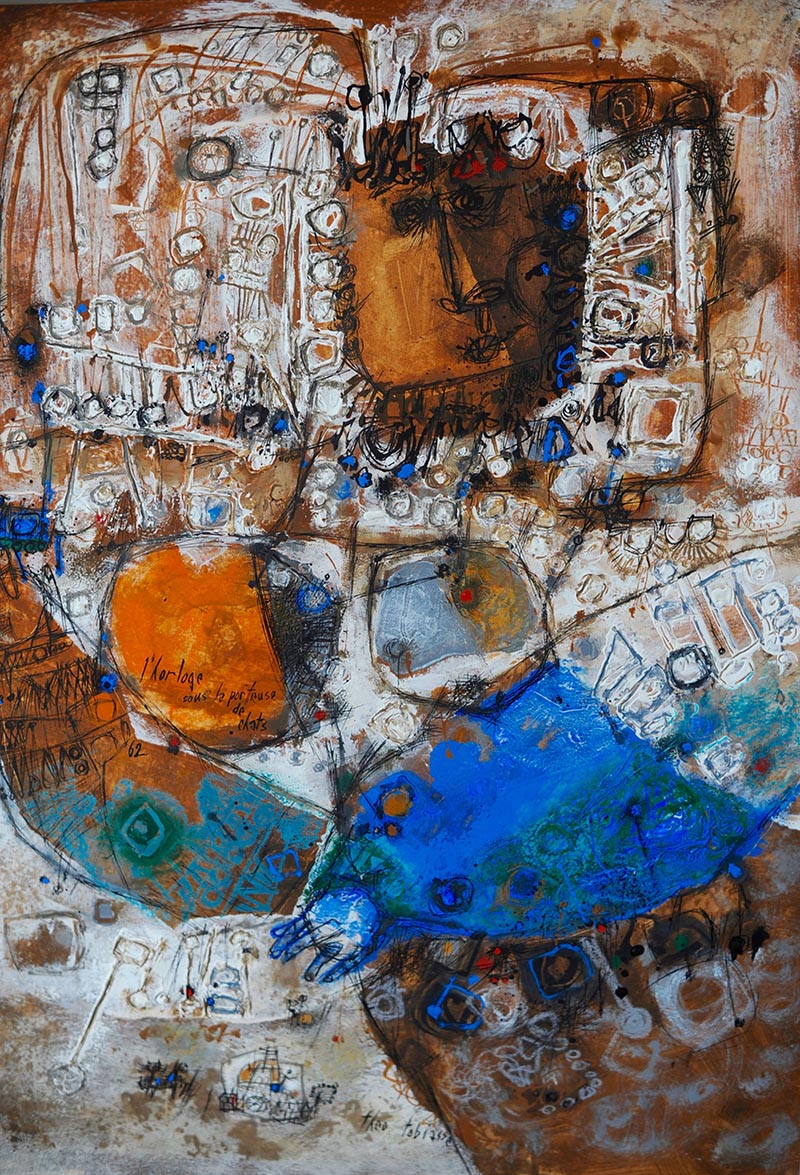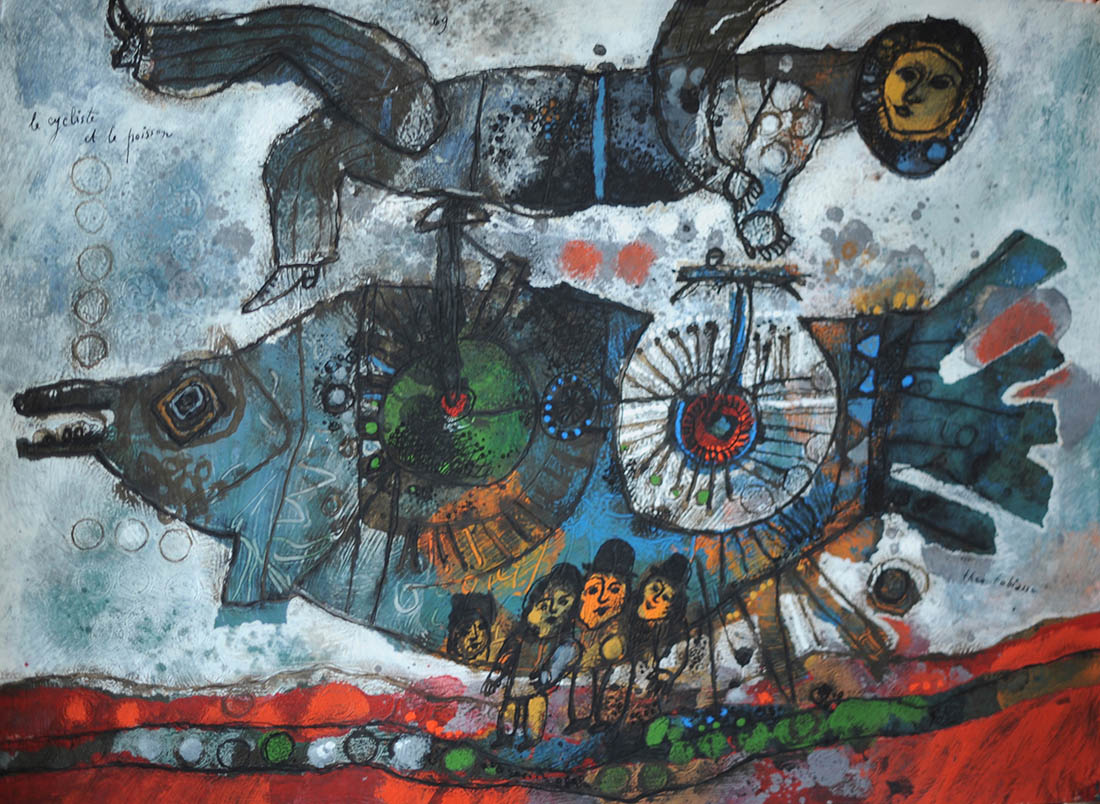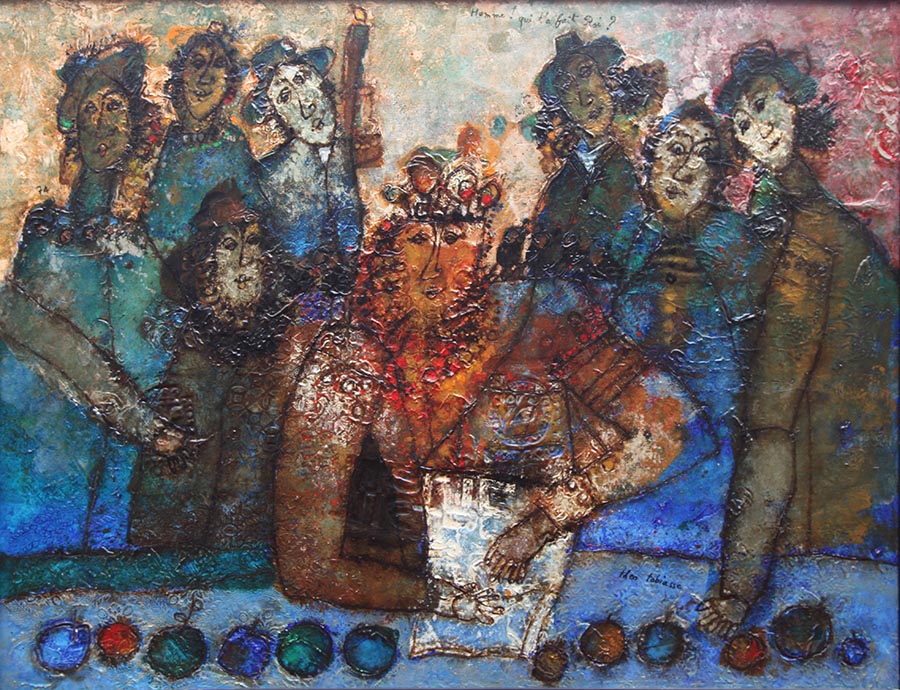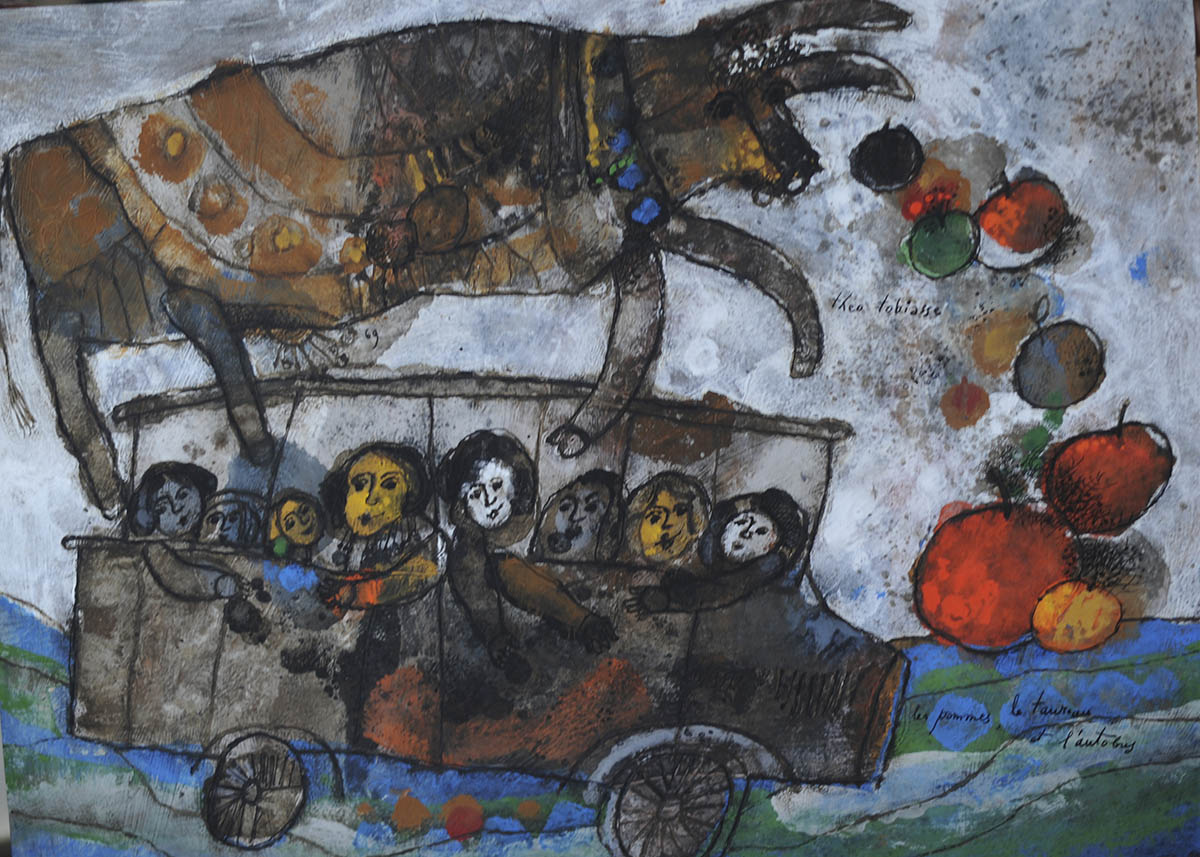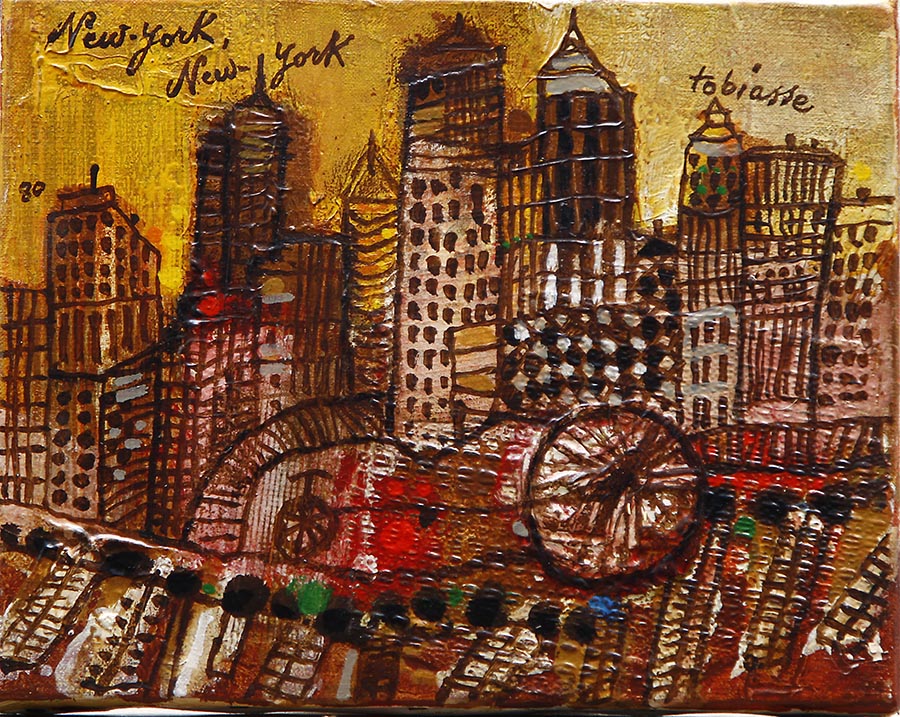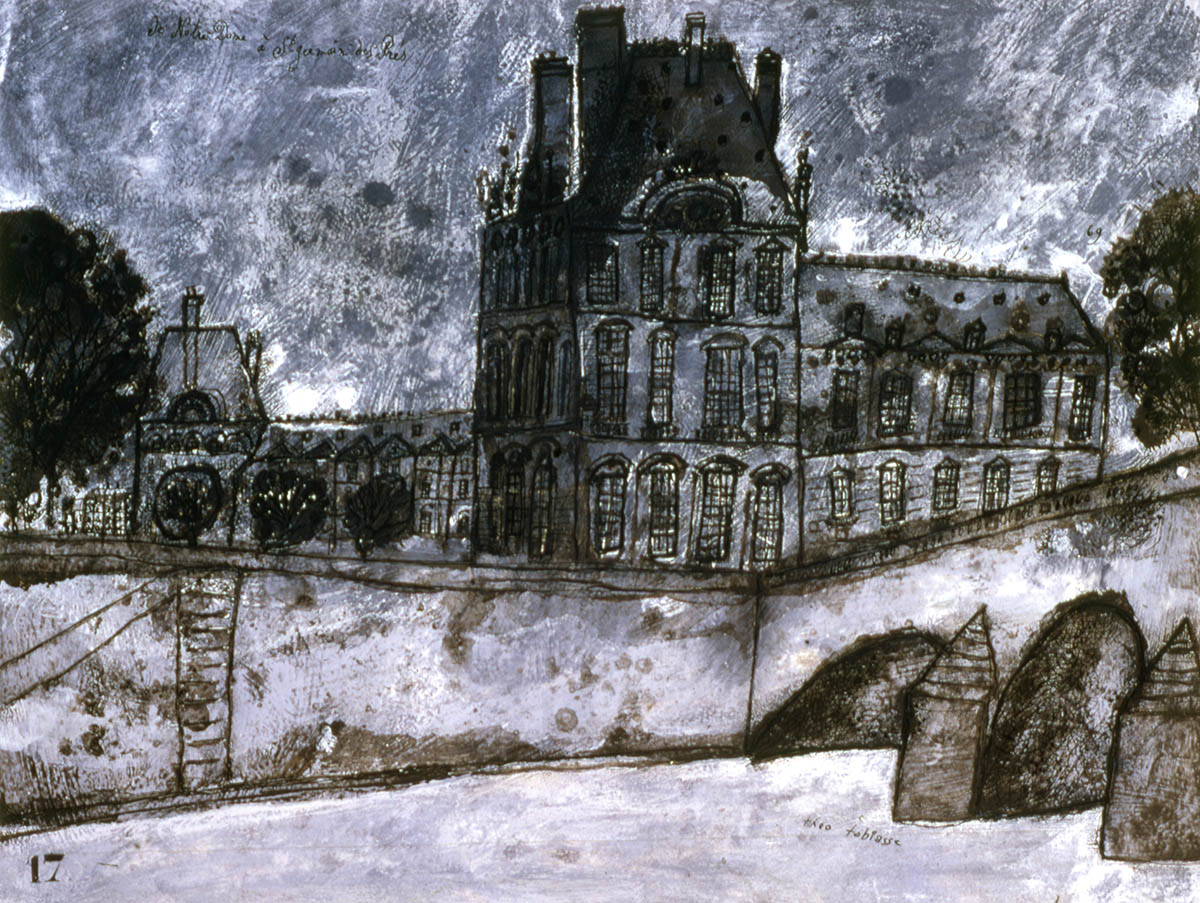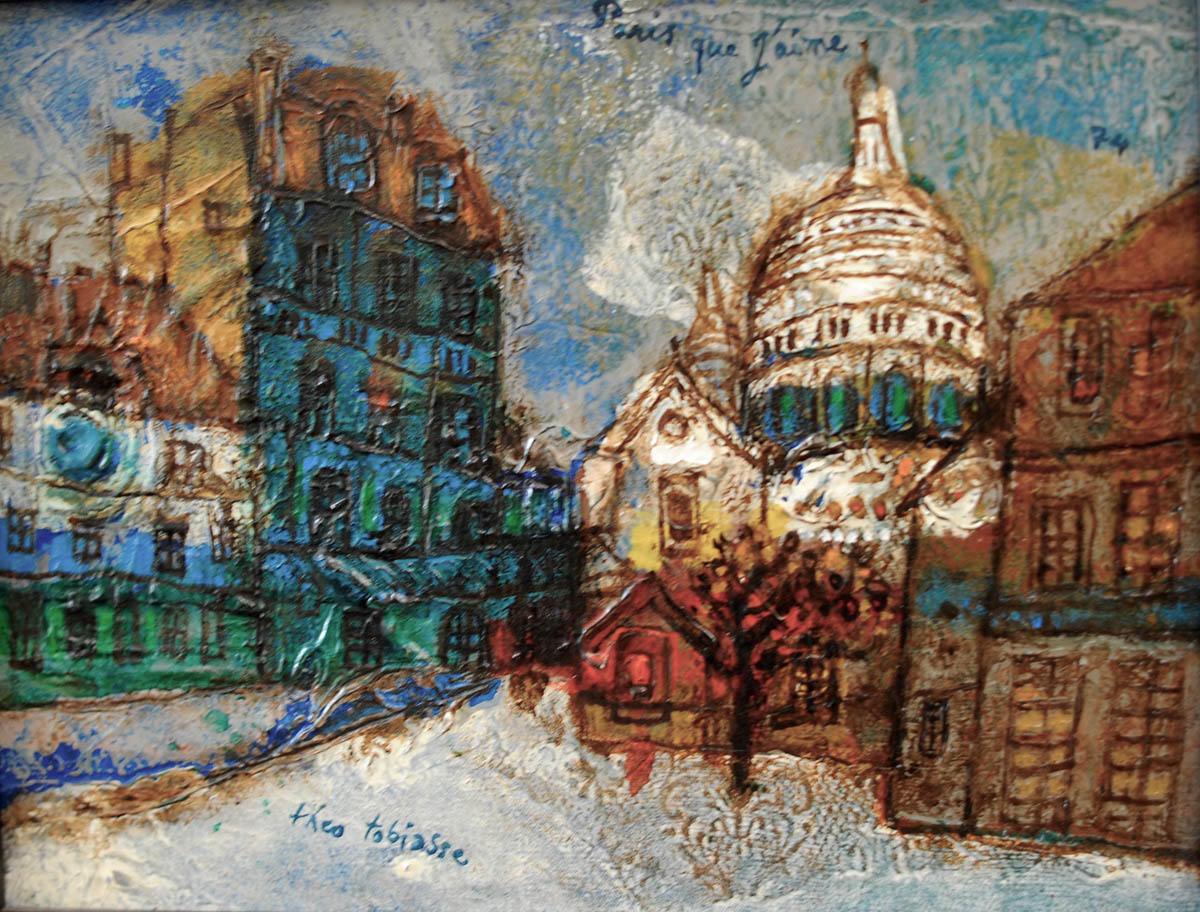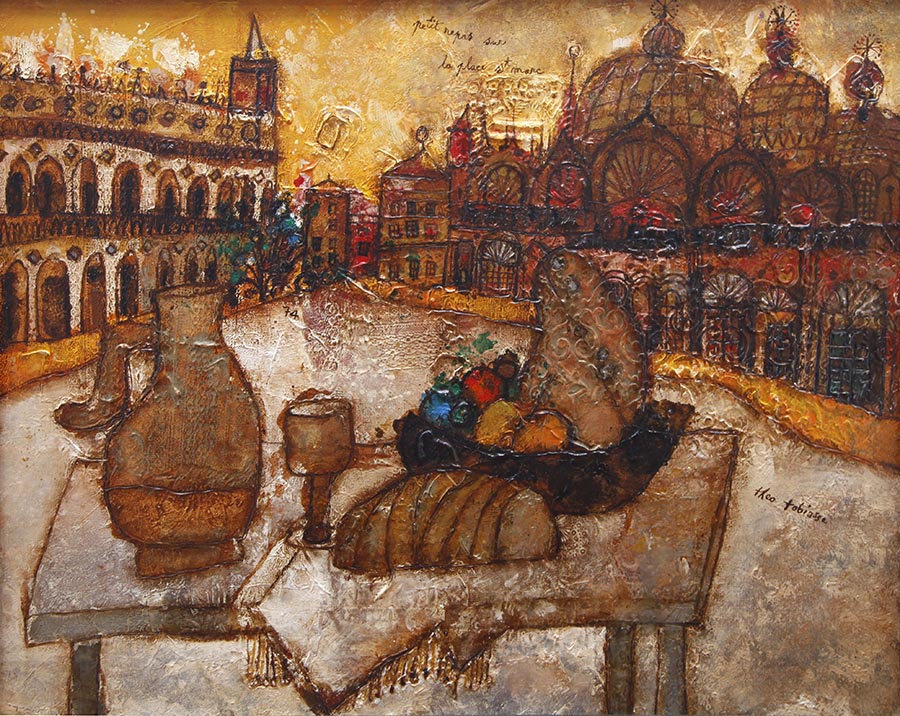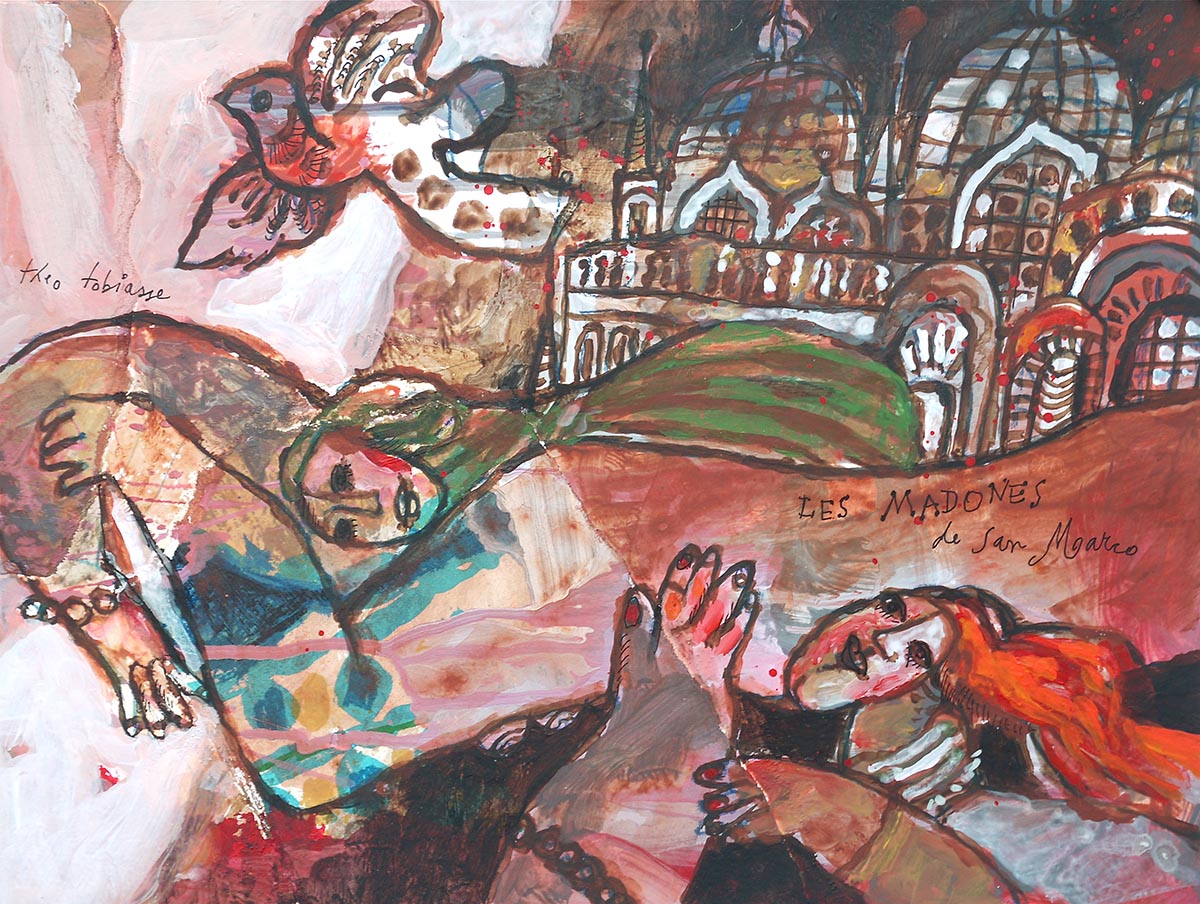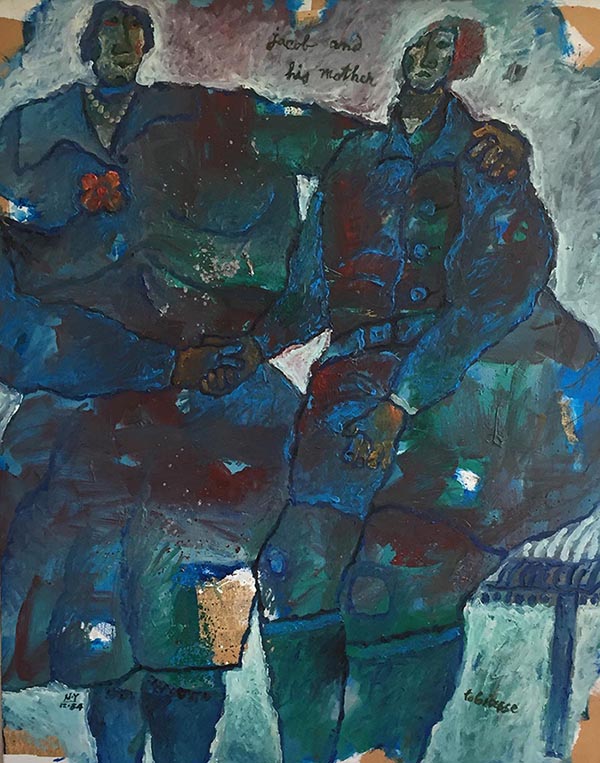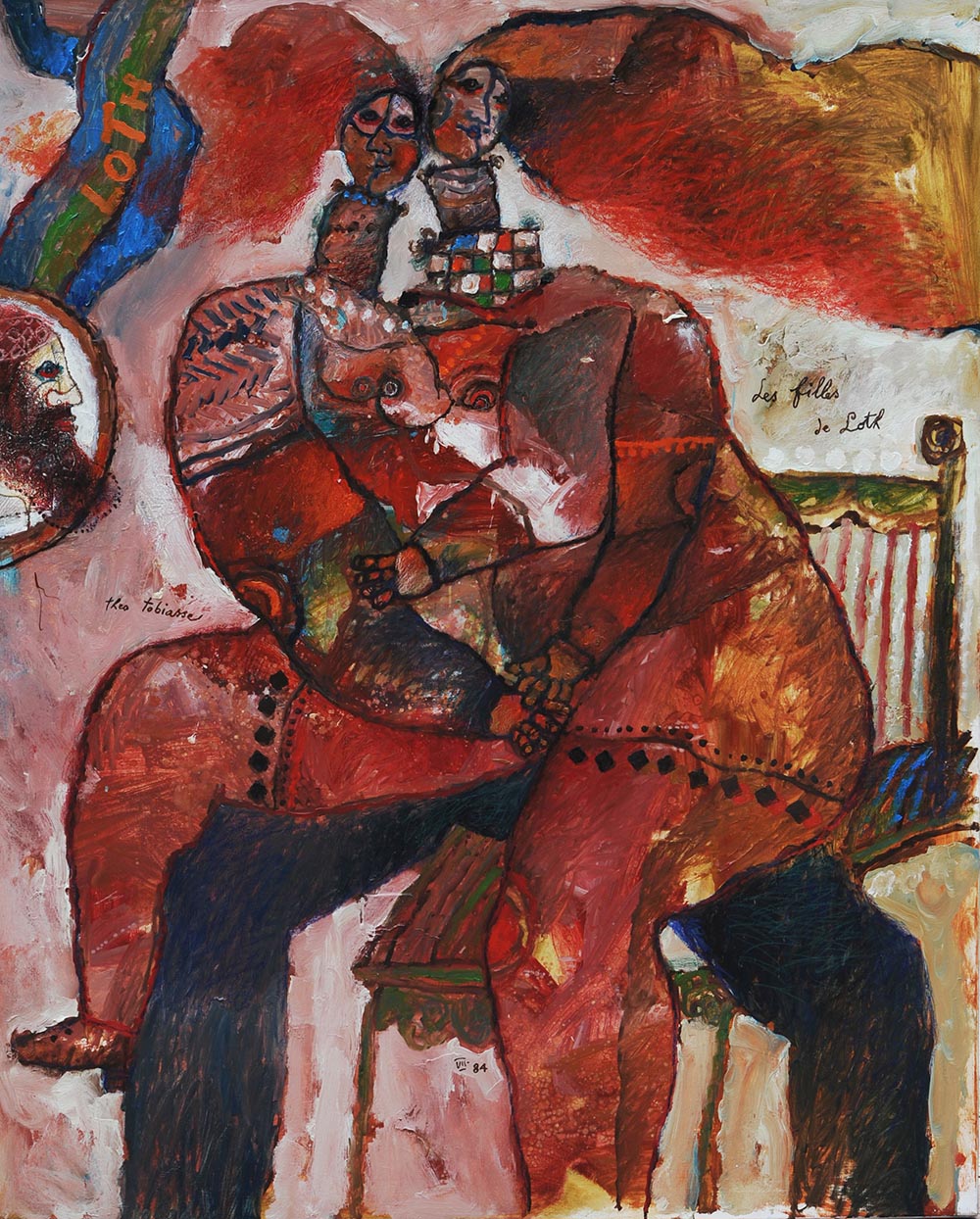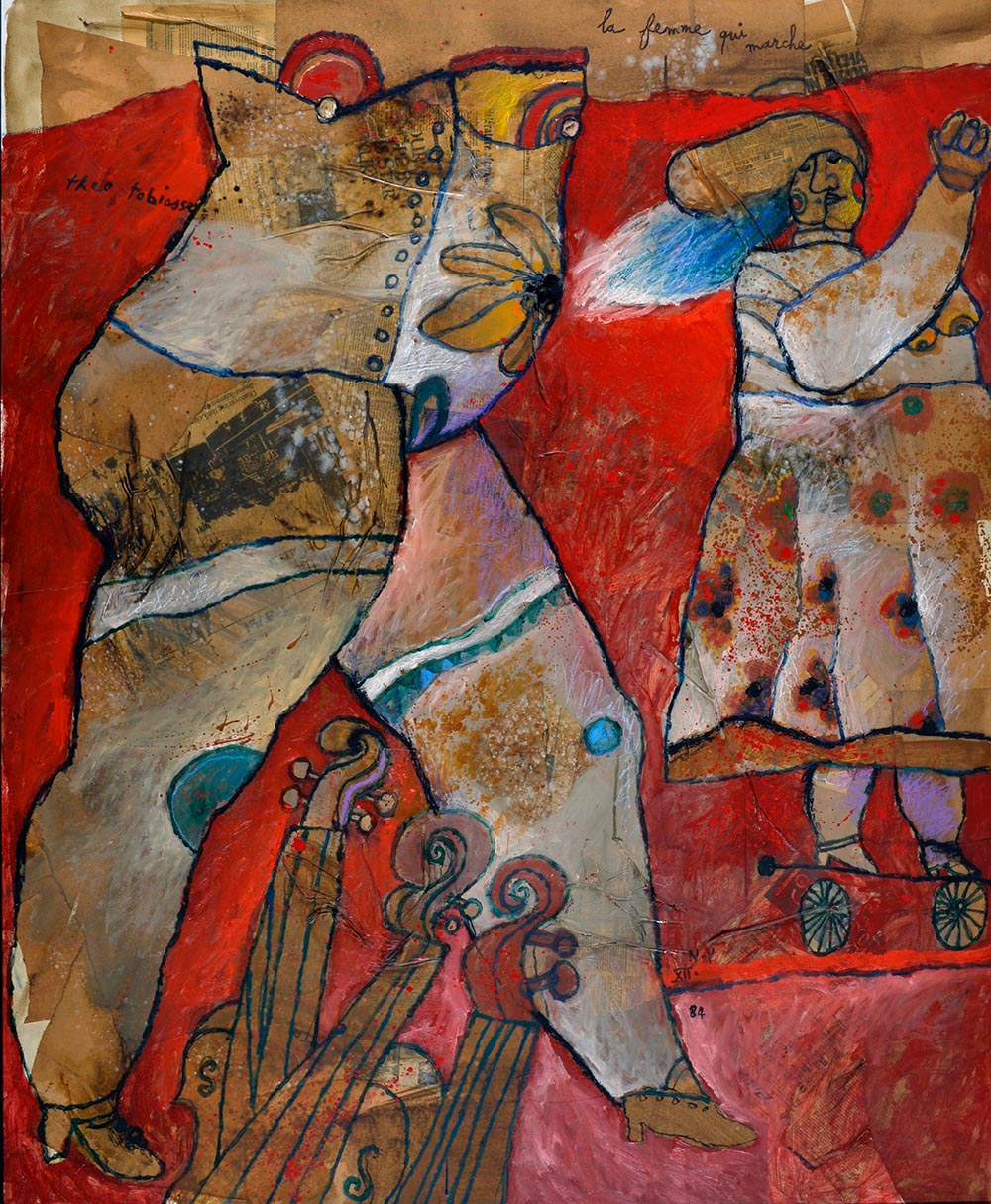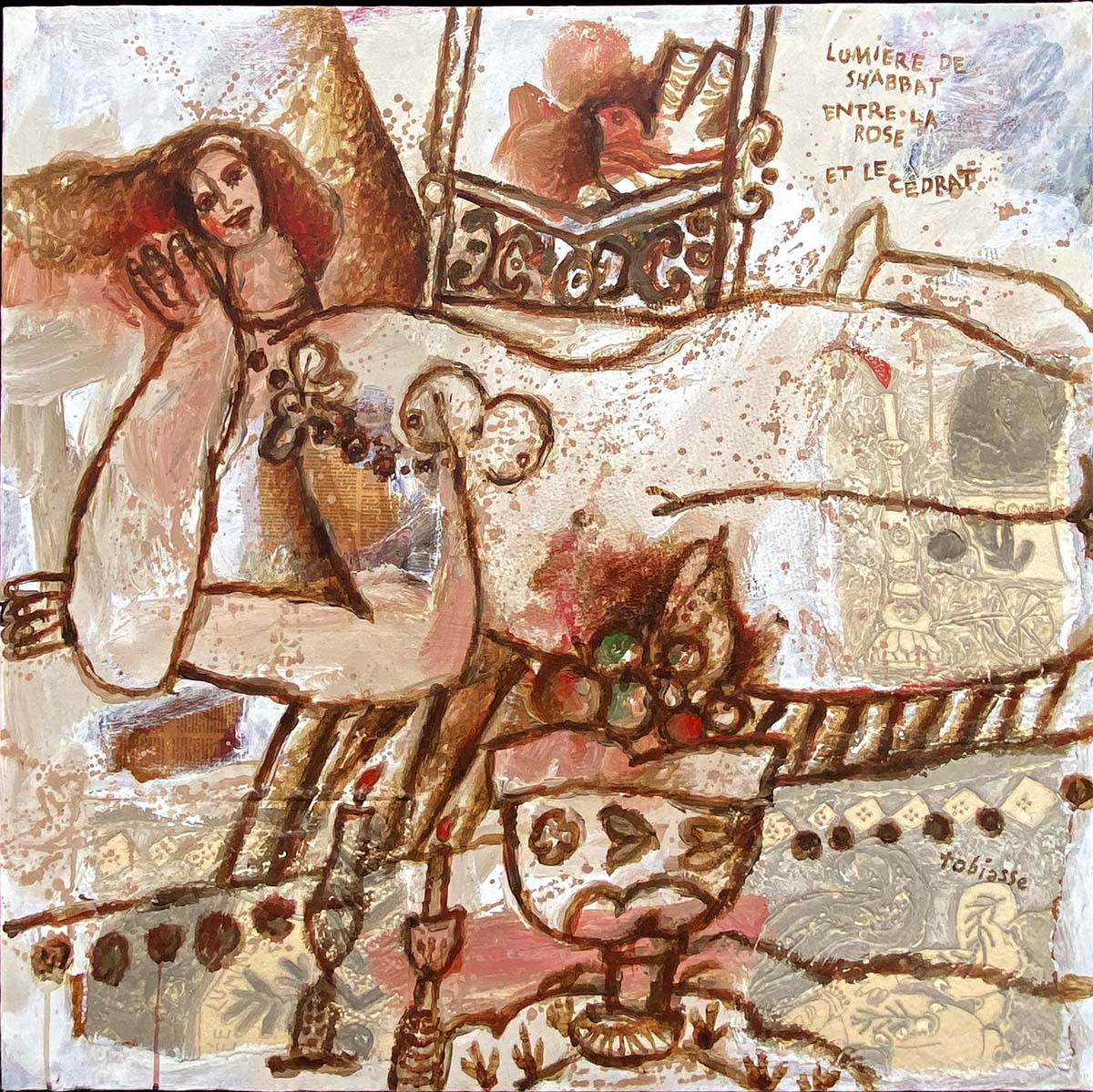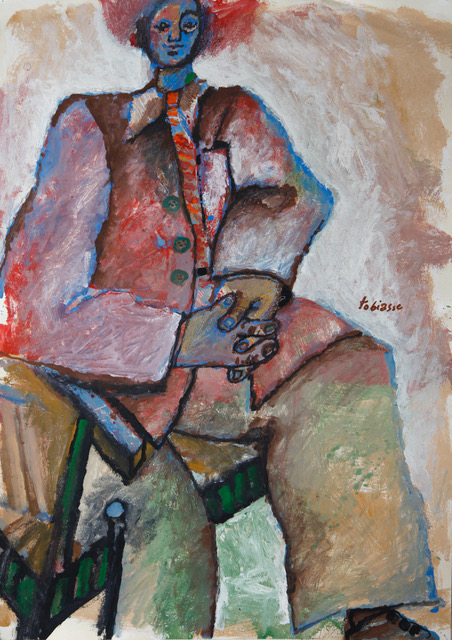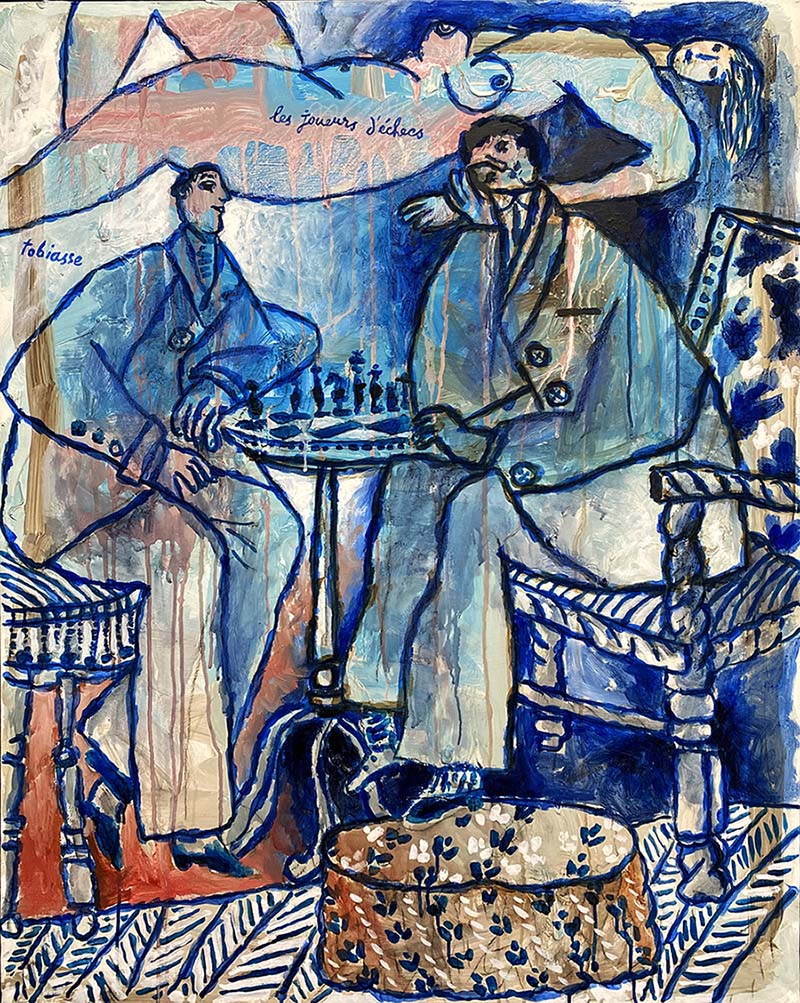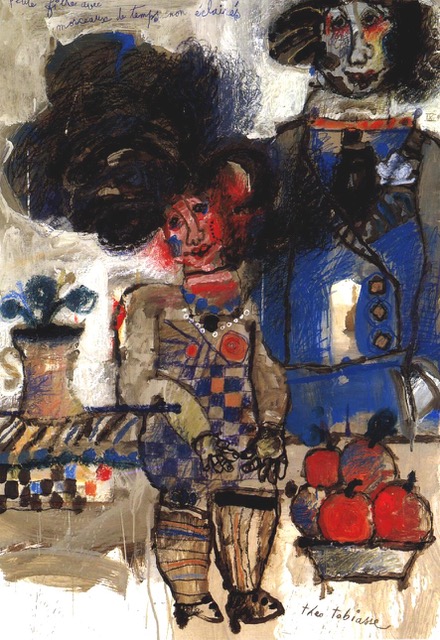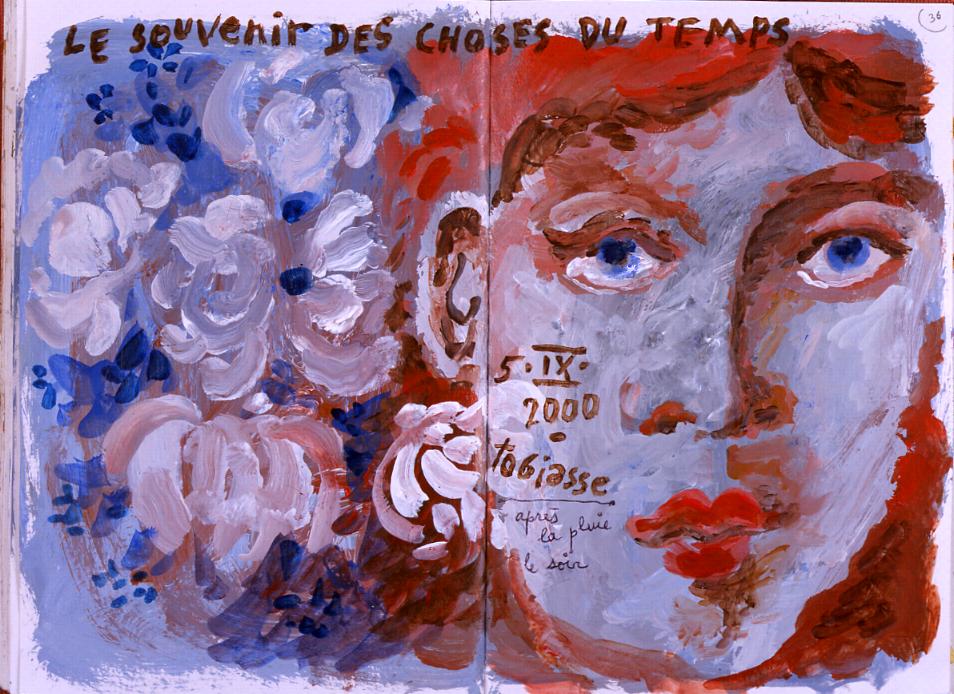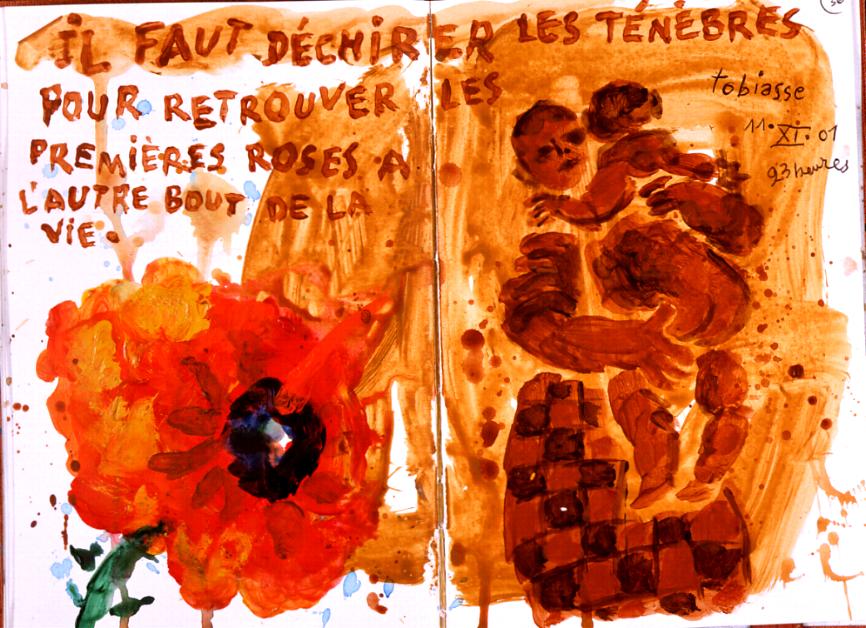Please view on desktop to see the full layout
Paintings
A secret song of exile and light
All through Tobiasse’s life as a man and as an artist he was preoccupied by a quest for light and freedom. From those wretched times in the cold, dark years of man’s madness onwards, when, as a very young man, he had several miraculous escapes during the Nazi occupation, he only ever dreamt of light, huge skies and the shutters that he would open in the morning to reveal countryside inundated with light.
This is what lead him to the shining sea and sun of the French Riviera in 1950. There he experienced the jubilation of painting and working. Life was like a celebration, in contrast to those years of darkness and terror. In the world of Tobiasse, light was everywhere. Even the light which couldn’t be seen but was present, enveloping and vibrant in a celebration of eye and mind.
He also found light in the pleasure of enjoying what he called the gold of time, that of his art, in his luminous moments of silence and solitude. He wrote on his paintings and he painted on his writing words that, higgledy-piggledy and in waves, came to light up his world of creative intimacy. His universe was peopled with phantasmagorical symbols which had risen to the surface like so many tatters of childhood memory.
Autoportrait aux rayures bleues
Oil on canvas, 130 x 97 cm, 1999
Le vélocipède
Oil on canvas, 92 x 73 cm, 1959
Saint-Barnabé
Oil on canvas, 43 x 57 cm, 1958
Le joueur de jazz et la vache bleue
Oil on canvas, 162 x 114 cm, 1961
1958
1961
Maternité en bleu
Oil on canvas, 92 x 62 cm, 1961
L'horloge sous la porteuse de chat
Gouache on paper, 70 x 50 cm, 1962
Le cycliste et le poisson
Gouache on paper, 66 x 46 cm, 1969
1962
1970
Qui t'a fait Roi ?
Oil on canvas, 91 x 118 cm, 1974
Les pommes, le taureau et l'autobus
Gouache on paper, 70 x 50 cm, 1969
New-York New-York
Oil on canvas 19 x 24 cm, 1980
1970
1980
De Notre Dame à Saint-Germain des Près
Oil on cardboard, 51 x 67 cm, 1969
Paris que j'aime
Oil on canvas, 35 x 25 cm, 1974
Petit repas sur la place Saint-Marc
Oil on canvas, 65 x 81 cm, 1974
Les madones de Saint-Marco
Acrylic and collage on paper, 24 x 32 cm, 1980
Jacob and his mother
Oil on canvas, 160 x 130 cm, 1984
1980
1990
Les filles de Loth
Oil on canvas, 160 x 120 cm, 1984
La femme qui marche
Pastel on paper, 146 x 120 cm, 1984
Lumière de Shabbat entre la rose et le cédrat
Oil on canvas, 90 x 90 cm, 1994
Homme assis
Pastel on paper, 70 x 51 cm, 1992
Dame à la bougie
Pastel on paper, 102 x 70 cm, 1998
1990
2000
Les joueurs d'échecs
Oil on canvas, 102 x 70 cm
Les fruits sont des lumières de Jérusalem
Collage on mixed techniques, 74 x 57 cm, 1992
Sans titre
Oil on canvas, 90 x 90 cm
Petite fille avec morceaux de temps éclairés
Oil and pastel on paper, 70 x 100 cm
Carnet 4
Le souvenir des choses du temps
Carnet 5
Il faut déchirer
2000
2012
La symbolique de la mythologie TOBIASSE s’exprime à la manière d’un langage :
The smooth, pot-bellied teakettle evokes hospitality and family warmth.
The ships, trains and carts are reminders of the Exile and the nostalgy of leaving, never to return.
Fruits describe abundance, chandeliers describe light and hope.
Woman represents maternal love and amorous sensuality.
The theme of man and child expresses respect for the family and ancestral traditions.
It is in this way that themes that were initially profane and close to certain bestiaries rapidly evolved into reminiscences of his childhood. The buses seen when he was travelling to France, the paddle boats on the Niemen in Lithuania, the smoke in the sad grey train stations, and the teakettles are mixed up in a quirky fashion with Biblical and erotic fantasies and the Exile.
The artist tells how much he was struck by the gleamingly coloured pre-Columbian art he saw in Mexico. The impressive Aztec sites of the Yucatan, with their engraved stones, were the inspiration for his techniques of carborandum engraving.


